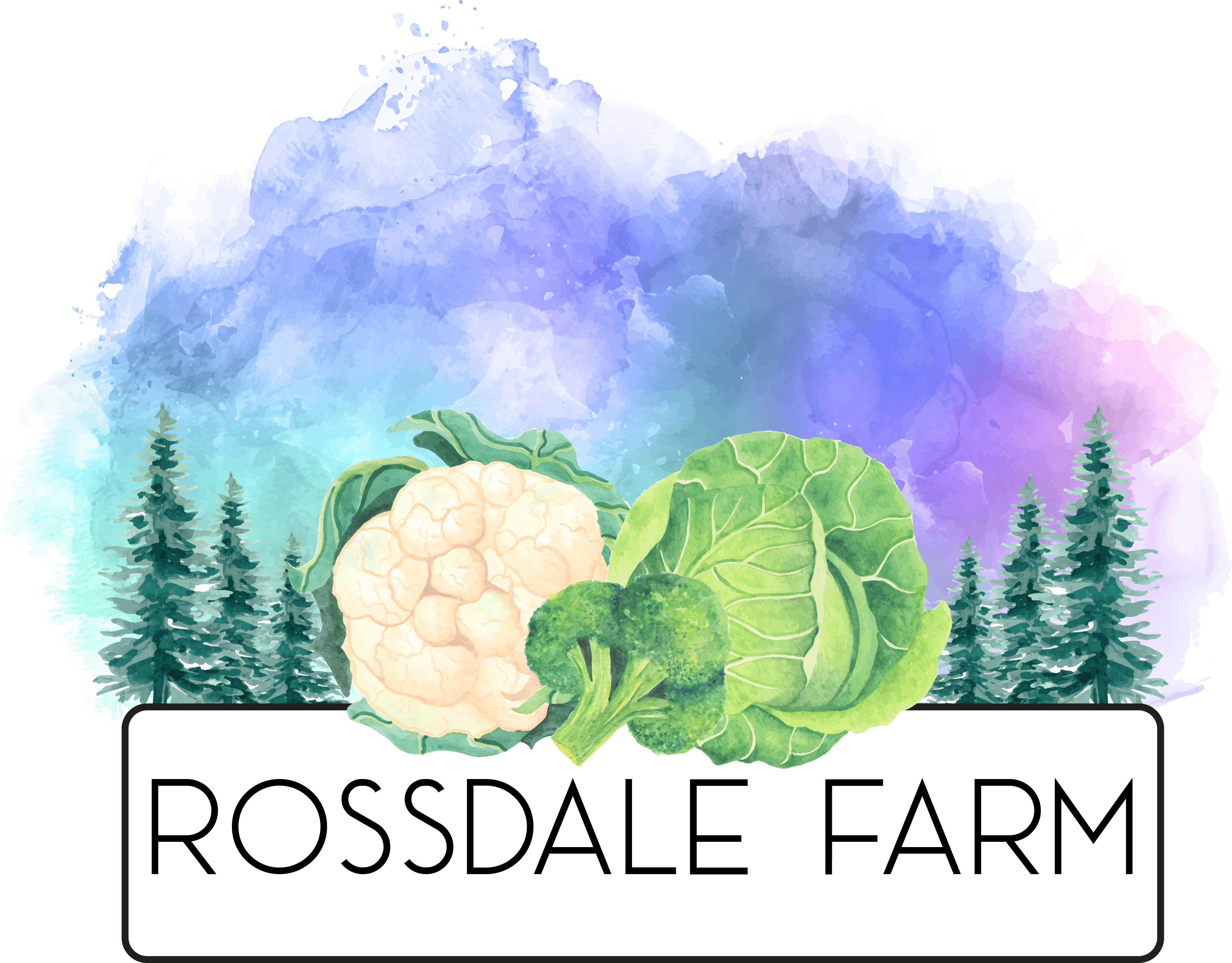Rossdale Farm: I have seen a lot of posts on Facebook gardening groups with concerns about water for the upcoming gardening season. With declarations of droughts already in place before the growing season even starts, and warnings about how severe the wild fire season will be, I understand the concern about having enough water to grow a garden.
I have a game changing tip for anyone gardening in an area struggling with drought…….move away from traditional gardening to no till growing!
We are already doing it in agriculture, farmers grow their cash crops using low or no till methods, so why are gardeners still heavily tilling their soils?
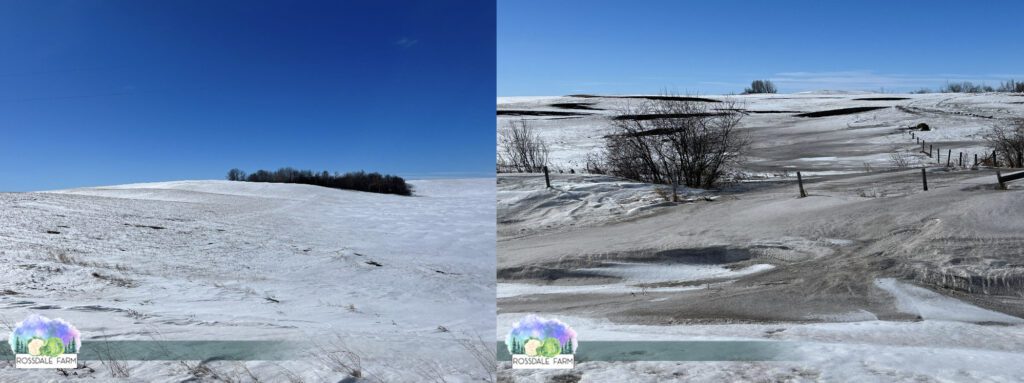
Tilling soil causes any moisture in that soil to be turned over. This increases evaporation of that moisture from the soil. In other words, every time you till your soil, you lose water from it.
Tilling soil always destroys soil structure, this is the little lumps and bumps or aggregates that exist in healthy soil. The more aggregate structure there is in healthy soil, the more that soil has room to hold water. These aggregates don’t fit tightly together and the space in between them results in a pore space where water can exist. How do you get more pore space? Reducing tilling as it breaks the aggregates down into smaller and smaller pieces resulting in compacted soil – or soil that has very little pore space.
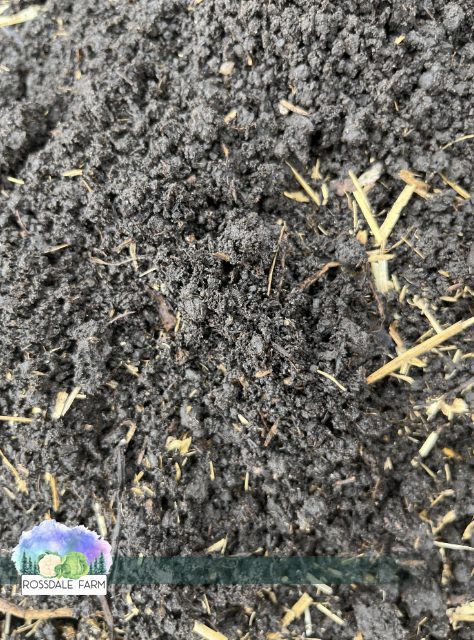
Tilling can also rip up the plant’s vast root system and bring weed seeds that naturally exist in our soils to the surface. When these seeds that have been lying dormant in the dark of the soil are exposed to sunlight near the surface, they germinate. Isn’t that wild? We till to combat the weeds but the very act of tilling brings more weeds to the party!
The next step is to add mulch; leaves and grass clippings shredded up by a mulching lawn mower, well aged straw or wood chips work as effective mulches. Many of us on the prairies have very dark soils. Dark soils heat up super fast in the summer sun – think of wearing dark clothing versus light clothing on a hot day. If we put mulch over our soils, the soil can’t heat up. This means our plant’s roots are much cooler and the plant is not working so hard to cool itself through the hottest part of the day. Why is this important? If the plant is working at cooling itself, it isn’t working at producing us vegetables! In addition to that, the warmer the soil, the faster the water evaporates from it! Think of a pot of boiling water, if we put a lid on it, that pot doesn’t boil dry! Mulch is effectively putting a lid on evaporation of soil moisture! This allows us to keep the moisture right where we need it!
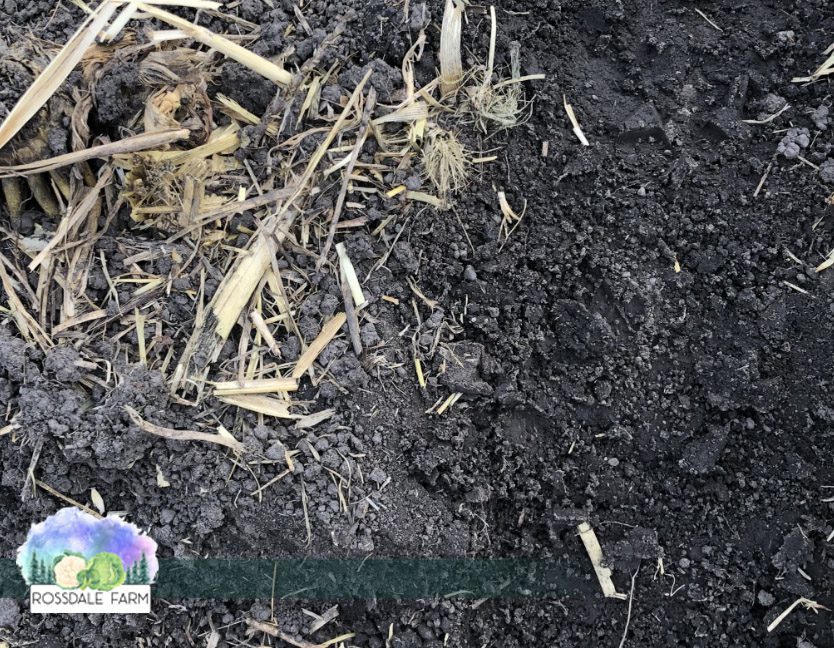
Climate change is affecting how we receive rain on the prairies, instead of gentle rain falls that last for days, we are getting more severe storms that are dropping 1″ of rain in 20 minutes. The water is moving very fast and if our soils are dry or crusted from lack of moisture, fast moving water isn’t slowing down to soak in. Mulch will help prevent that soil crust and it will help slow that water down so it stays where we need it most, on our gardens instead of running off to the side!
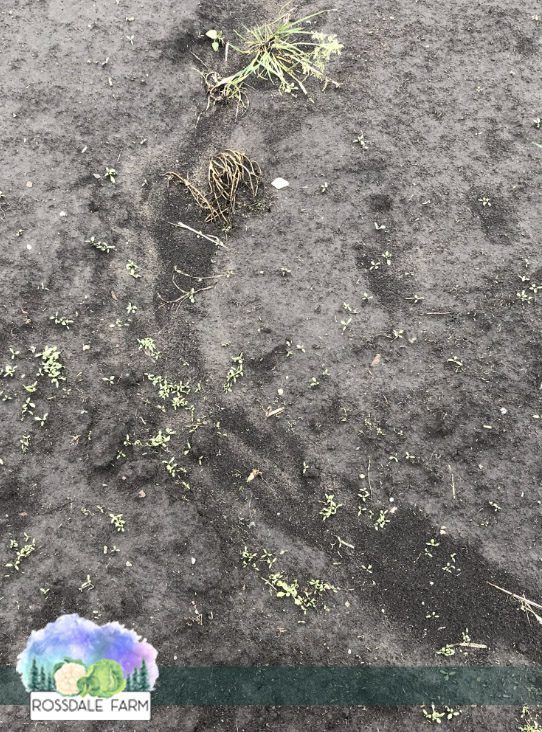
The use of compost in our gardens can also aid in retaining moisture in our gardens. Compost is organic matter and this serves as the “glue” if you will that helps bind soil particles together into those lumps and bumps or aggregates that create pore spaces! If you have poor soils damaged by erosion, heavy tilling or high clay or sand soils, additions of compost are going to help improve the damage or quality of the soil.
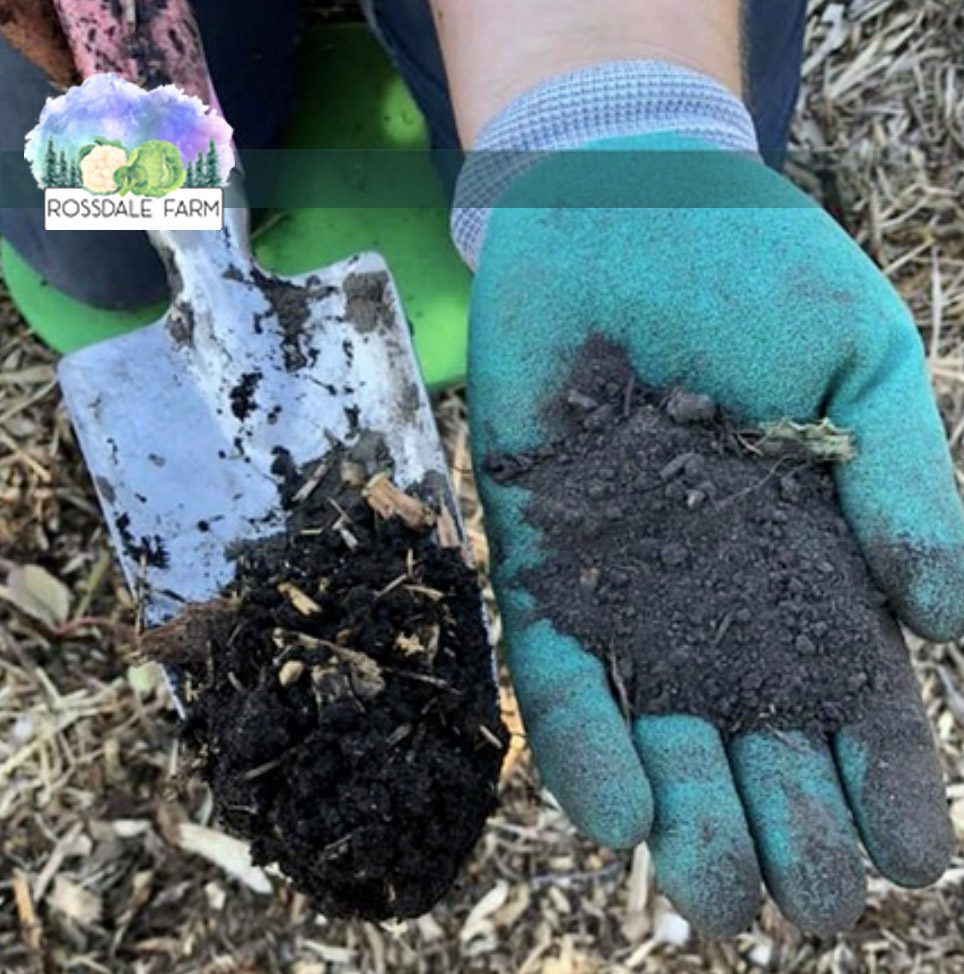
This isn’t an overnight fix as it takes time for the soil to build up aggregate structure. The first year I converted, I water far less than I did with a traditional garden. The second year, I only had to water my celery which requires a lot of water. By the third year, I didn’t water a single time and that was the first year of drought in my area. By the third year of the drought, so my fifth year in a no till garden, I could still pull back the mulch and ball up my soil as it had so much moisture in it.
My garden is now drought resistant! It grows solely on the moisture that falls as snow or rain without any attention from my watering can!
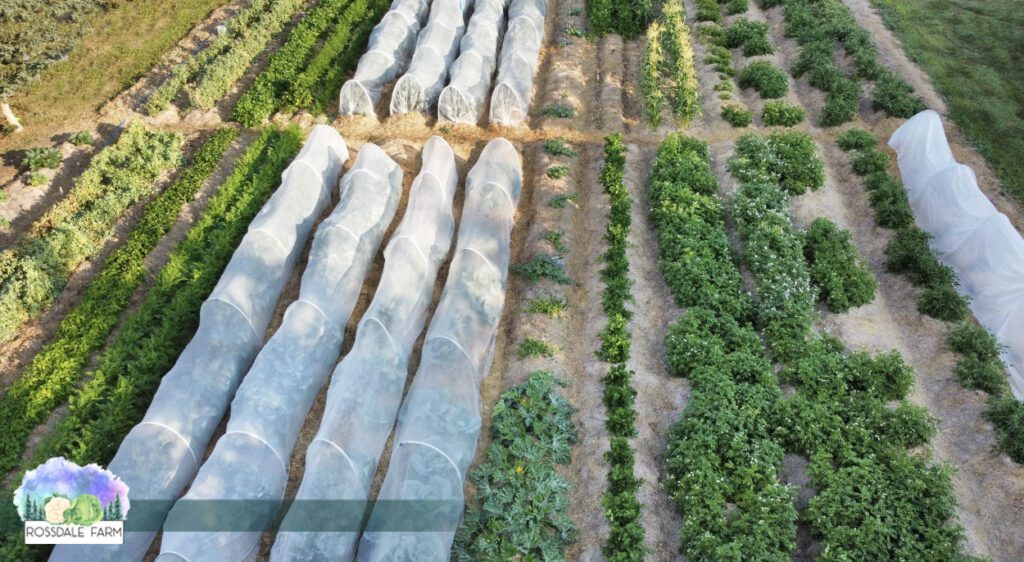
If you are interested in learning how to successfully convert no till growing, follow my facebook page or send me an email to learn about upcoming classes near you!
